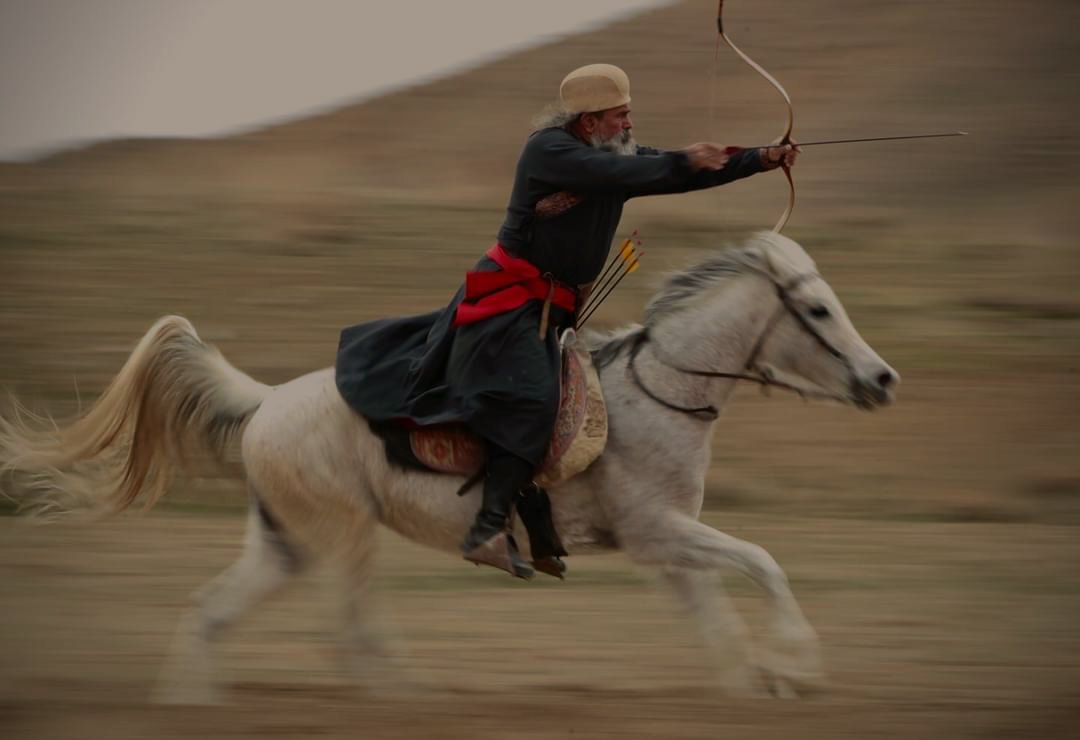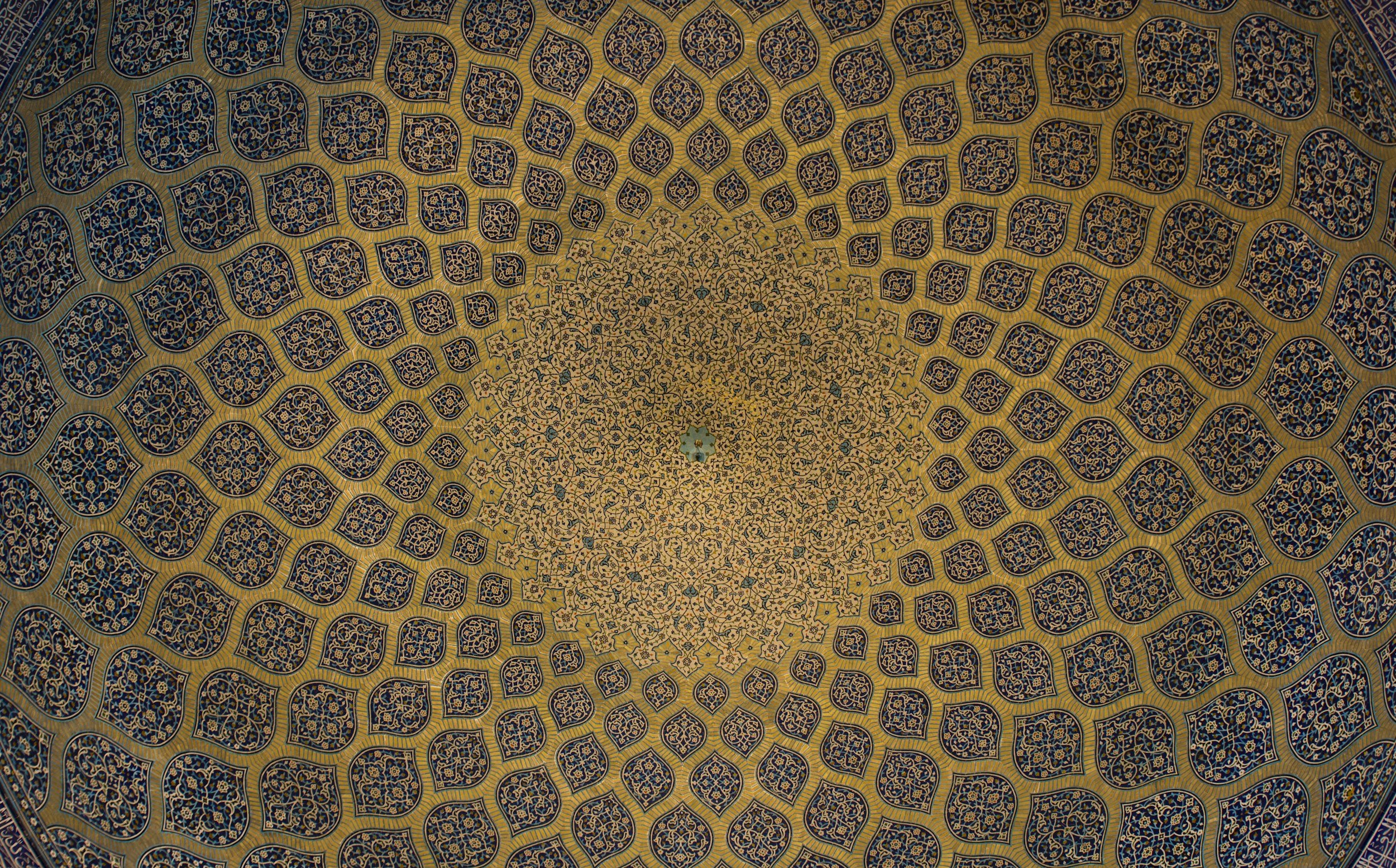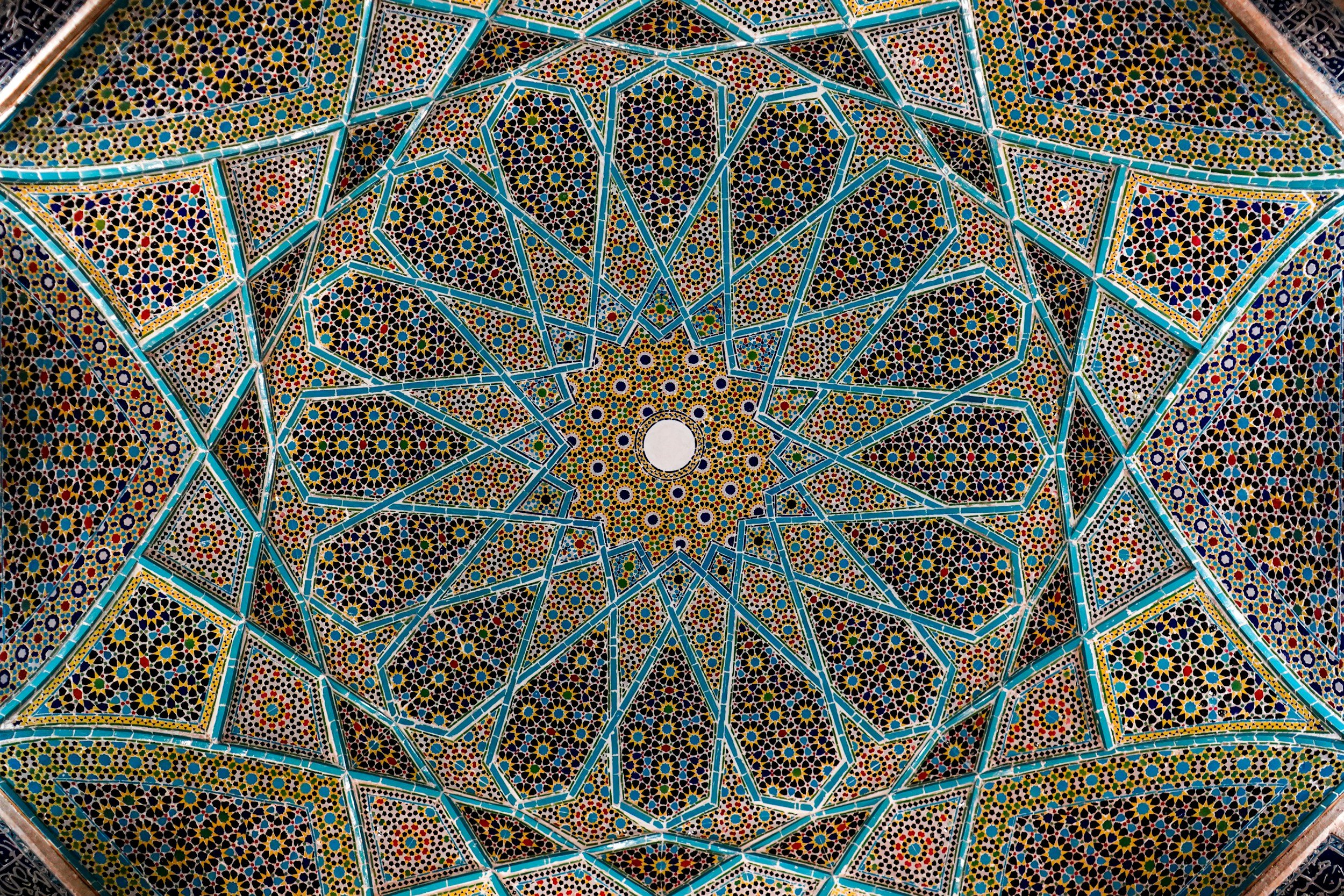
The Iran Society
The Iran Society is for anyone with an interest in Iran. We provide digital articles and a historical journal, as well as eight lectures a year, on the art, architecture, culture, geography and history of Iran.
Join the Iran Society to attend our in-person lectures.
Details of the next Iran Society lecture are below.
The next lecture in our programme is below; click to view details, including how to attend, or click the button below to view other upcoming lectures.
N.B. Lectures are for members only.

Become an Iran Society member
Individual
£25 per year
Membership gives you access to all Iran Society lectures (including a drinks reception) and written resources for free.
Joint
£30 per year
For couples wanting to join together, we offer a discounted rate for joint membership to the Iran Society.
Student
£5 per year
We encourage students to join, to make use of our resources and community. Student membership is for a maximum of four years.

Read about Iran
Explore our brand new members-only digital space for articles on the art, architecture, culture and history of Iran below. Members also have ongoing access to our full journal archive from 2005.
The Iran Society: a forum and community for people with an interest in Iran.
The Iran Society exists for those interested in Iran to learn more about and discuss its cultural and historical heritage, and to provide a forum where people with similar interests can meet. Around half our members are Iranian.
An impressive history of the Iran Society was compiled by the late Sir Denis Wright, our past president and twice ambassador to Iran; his account is available in our members’ area.



